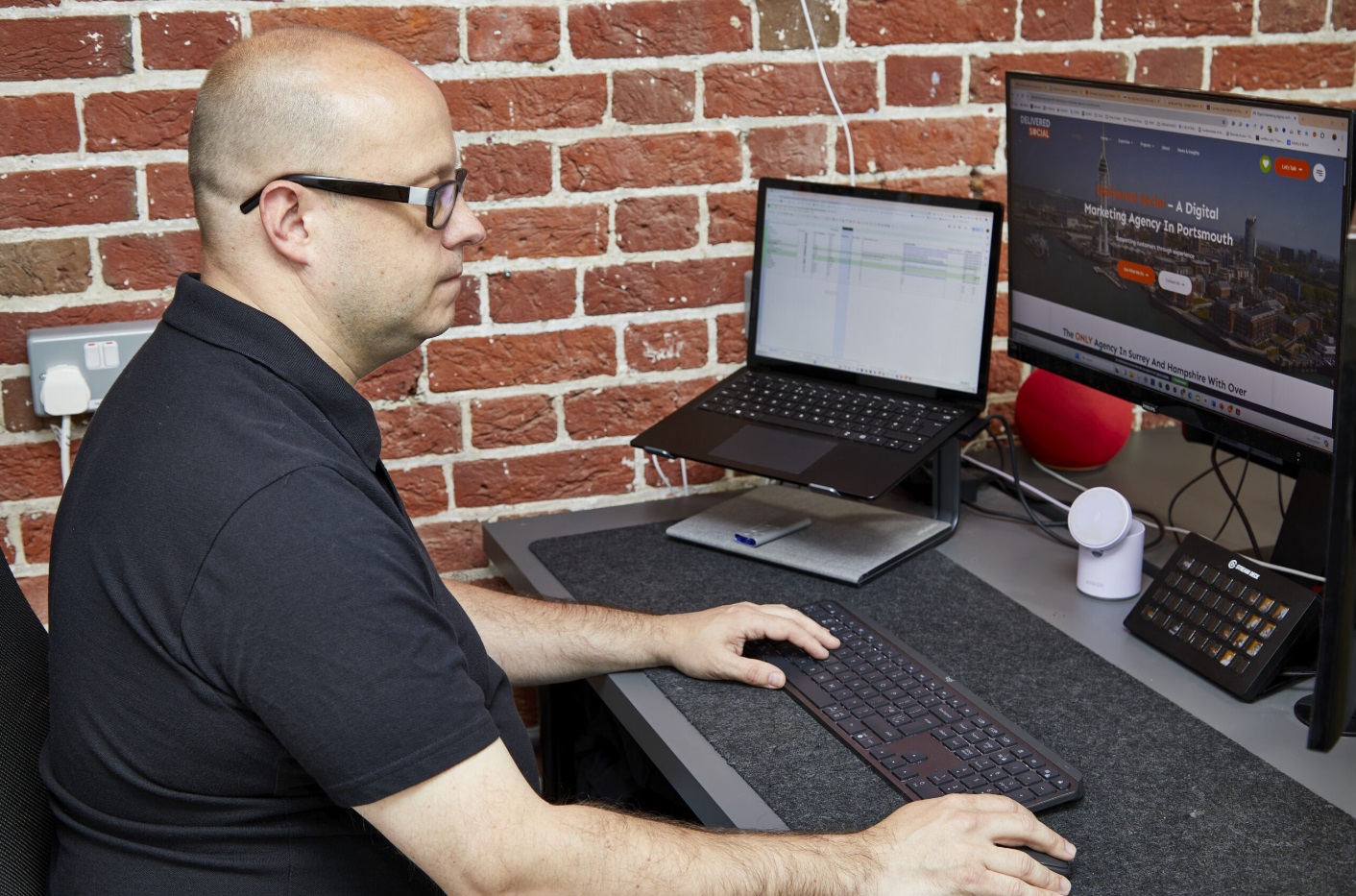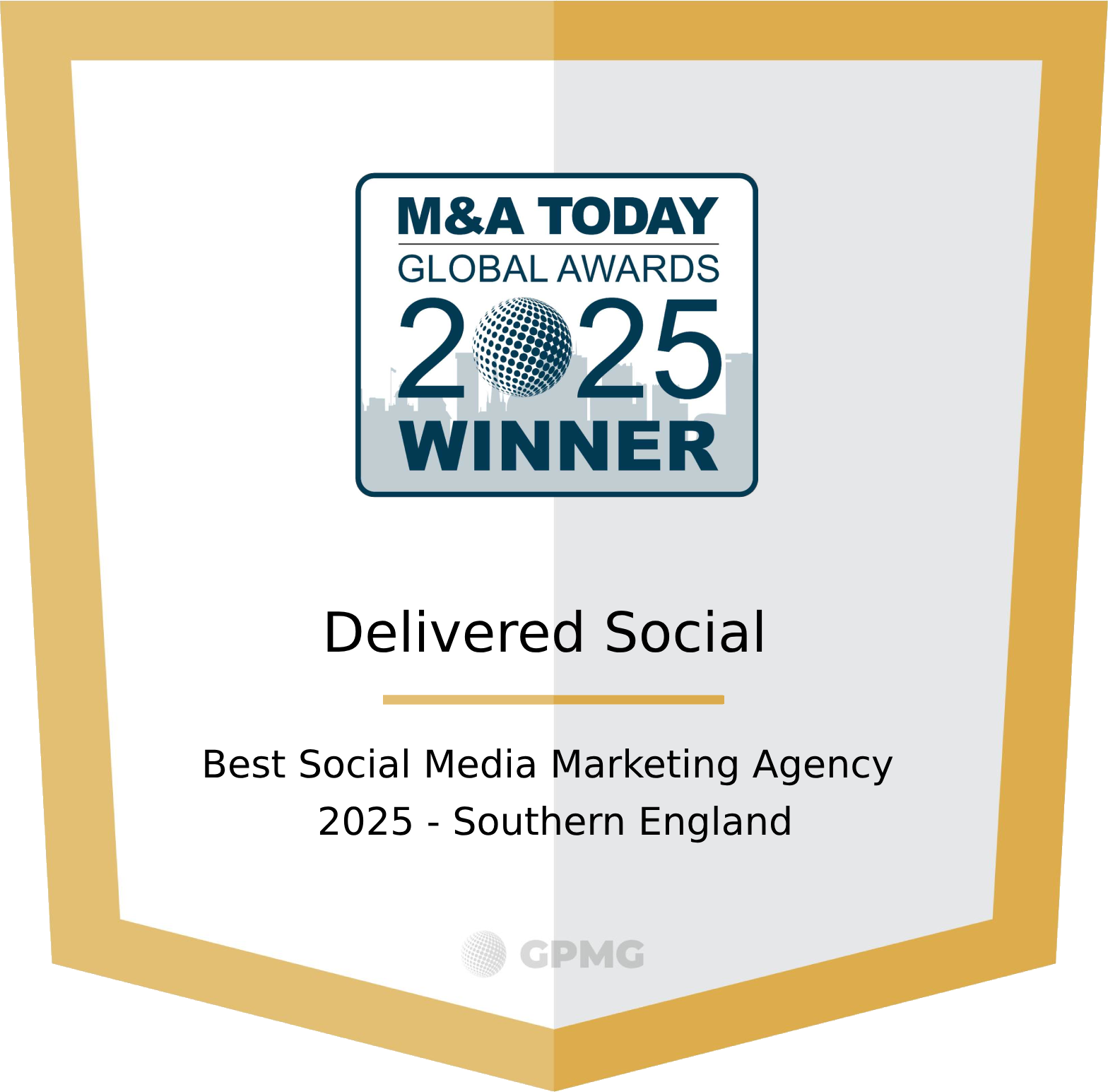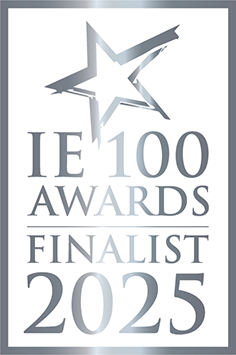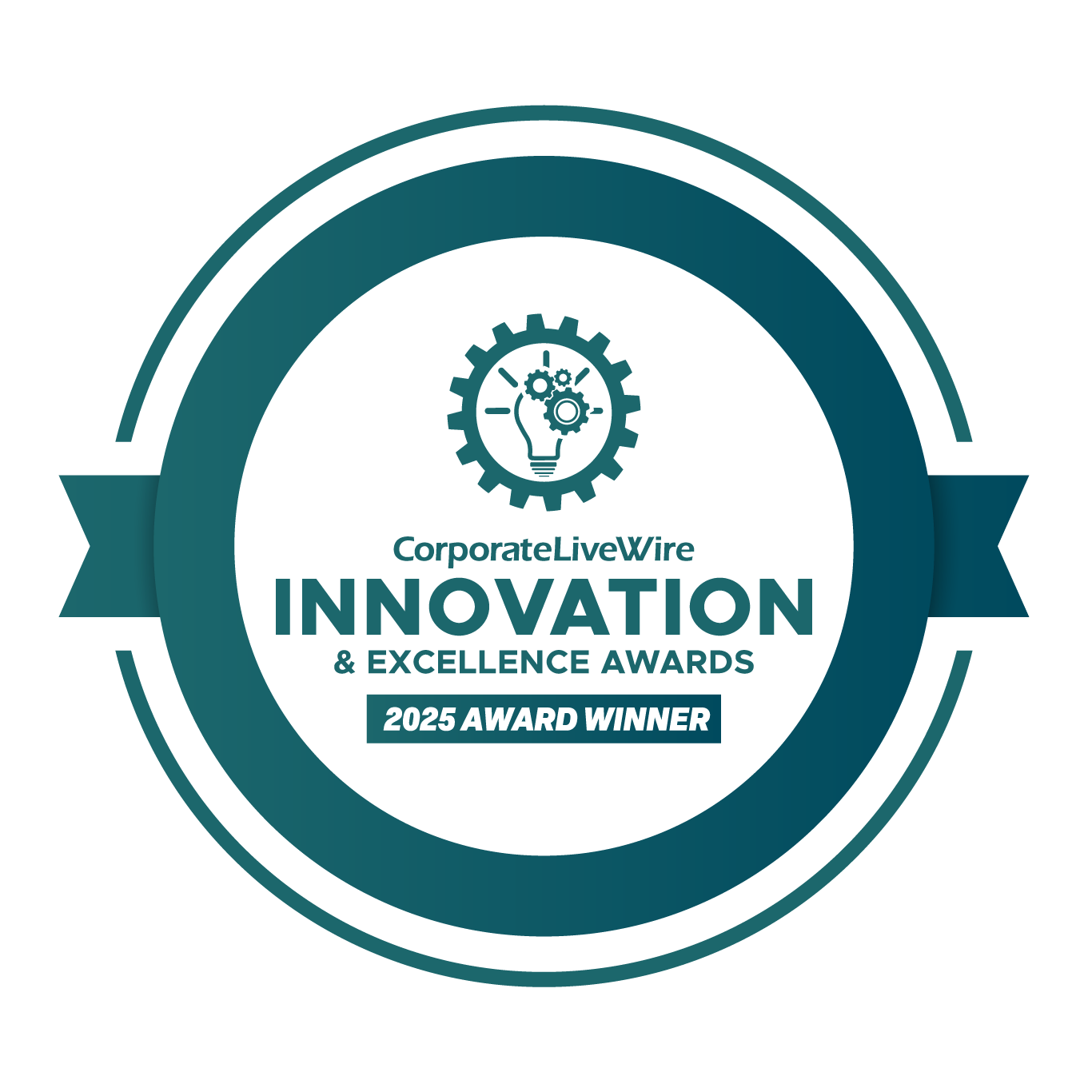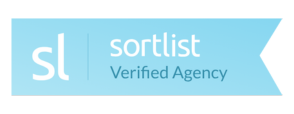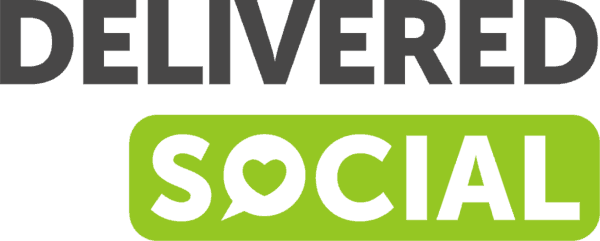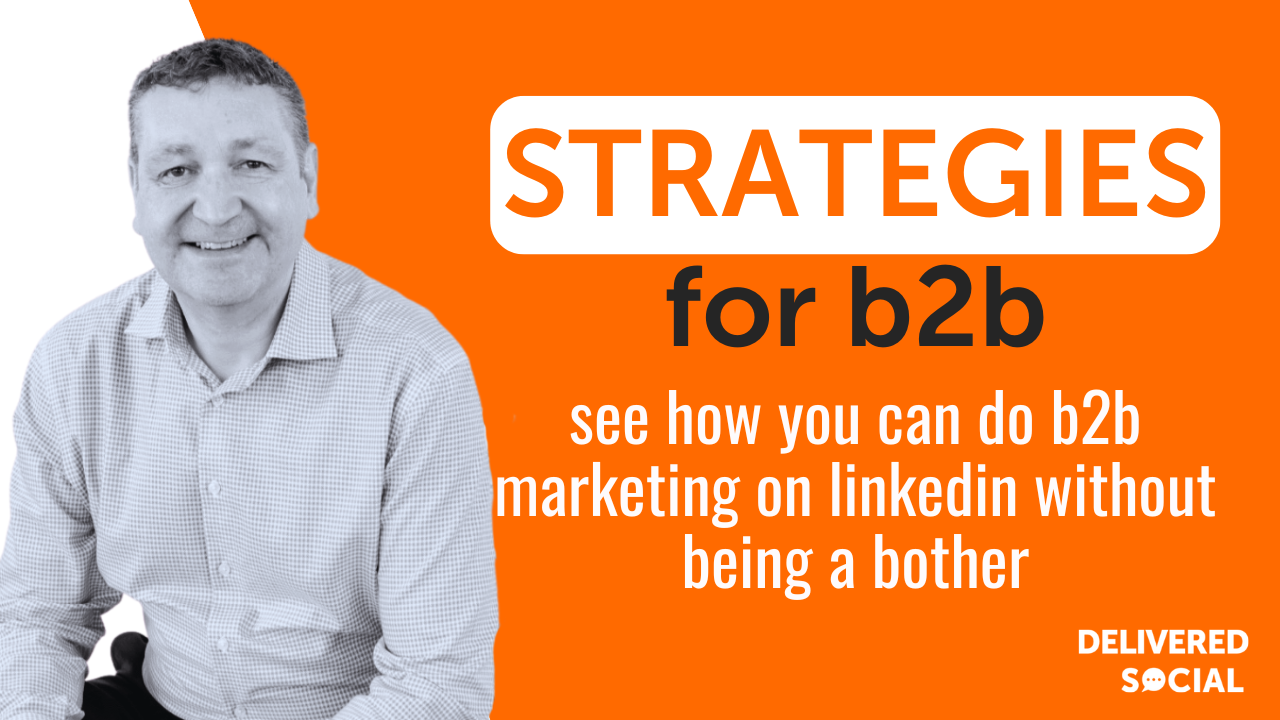
Effective B2B marketing on LinkedIn is a powerful way to connect with decision-makers, generate leads, and build brand credibility. However, many businesses make the mistake of using pushy sales tactics, sending spam messages, or overloading their audience with irrelevant content. Instead of attracting potential clients, this approach drives them away.
LinkedIn is not just another social media platform—it's a professional network where people expect valuable insights, meaningful conversations, and genuine connections. Unlike cold emailing or aggressive sales pitches, successful LinkedIn marketing focuses on relationship-building, thought leadership, and providing value before asking for anything in return.
So, how do you market your business on LinkedIn without being a nuisance? The key is to strike a balance between visibility and subtlety. A well-optimised profile, engaging content, and personalised interactions can help businesses attract leads without sounding overly promotional. Instead of sending endless connection requests with generic sales pitches, businesses should focus on creating content that sparks interest, encourages engagement, and positions them as experts in their industry.
In this guide, we at Delivered Social will break down how to do effective B2B marketing on LinkedIn without annoying your audience. From avoiding common LinkedIn marketing mistakes to using messaging strategically, this article will help you refine your LinkedIn approach. Whether you're a small business owner, a sales professional, or a marketing expert, mastering these strategies will help you build genuine relationships and increase your chances of closing deals—without driving potential clients away.
Why LinkedIn Is The Best Platform For B2B Marketing
When it comes to effective B2B marketing on LinkedIn, no other platform offers the same level of professional networking and business opportunities. Unlike other social media platforms filled with casual content, LinkedIn is designed for professionals, decision-makers, and industry leaders looking to connect, learn, and do business. If your goal is to reach key decision-makers without being pushy, LinkedIn is the ideal place to do it.
1. LinkedIn's Audience is Made for B2B
Unlike Facebook, Instagram, or TikTok, where users engage with personal content, LinkedIn's audience is actively looking for professional discussions, business insights, and new opportunities. In fact, four out of five LinkedIn users drive business decisions within their companies. This means that when you market your services on LinkedIn, you're speaking directly to the people who have the power to say "yes."
For businesses selling B2B services—whether it's consulting, software, financial services, or recruitment—this is a goldmine. Instead of wasting resources targeting consumers who may never convert, LinkedIn allows you to connect with industry professionals who are actively looking for solutions to business challenges.
2. Organic Reach is Stronger Than Other Platforms
One of the biggest frustrations for businesses on social media is declining organic reach. On platforms like Facebook and Instagram, business pages often have to rely on paid ads to get their content seen. LinkedIn, on the other hand, rewards meaningful engagement. Posts that receive comments, likes, and shares have a far better chance of being seen by a wider audience, even without an advertising budget.
By consistently posting valuable content, businesses can increase their visibility without relying solely on paid advertising. Engaging in discussions, responding to comments, and sharing industry insights will naturally boost brand awareness and credibility—without the need for aggressive sales tactics.
3. LinkedIn Supports Multiple B2B Marketing Strategies
Another reason why LinkedIn is the best platform for B2B marketing is its variety of marketing tools and features. Businesses can use:
- LinkedIn Articles – Establish industry expertise by writing in-depth thought leadership pieces.
- LinkedIn Polls – Engage audiences and gather industry insights.
- LinkedIn Events – Promote webinars, networking events, or product launches.
- LinkedIn Ads – Use targeted paid advertising to reach specific job titles, industries, and locations.
- LinkedIn Groups – Join relevant communities and participate in discussions.
Each of these tools allows businesses to connect with potential clients in different ways, whether through content, conversations, or direct outreach. Instead of relying on one marketing approach, LinkedIn lets businesses mix and match strategies to build relationships, nurture leads, and close deals.
4. Decision-Makers Trust LinkedIn Content
People go to LinkedIn to learn and stay updated on industry trends. According to LinkedIn data, 79% of B2B marketers see LinkedIn as a highly effective channel for lead generation. The reason? Trust. LinkedIn's professional environment means that users are more receptive to business-related content, unlike platforms where marketing messages can feel intrusive.
Instead of pushing a hard sell, businesses can use LinkedIn to:
- Share valuable insights and establish authority.
- Post success stories, case studies, or testimonials to build credibility.
- Offer free, useful content that encourages engagement without being pushy.
The key is to provide value before asking for anything in return. When done correctly, this builds relationships and increases the chances of turning connections into clients.
For businesses looking to grow through B2B marketing, LinkedIn offers the best opportunity to connect with the right audience, increase brand visibility, and generate leads. The platform rewards quality content, fosters professional relationships, and provides tools that make marketing easier—without needing to rely on aggressive sales tactics.
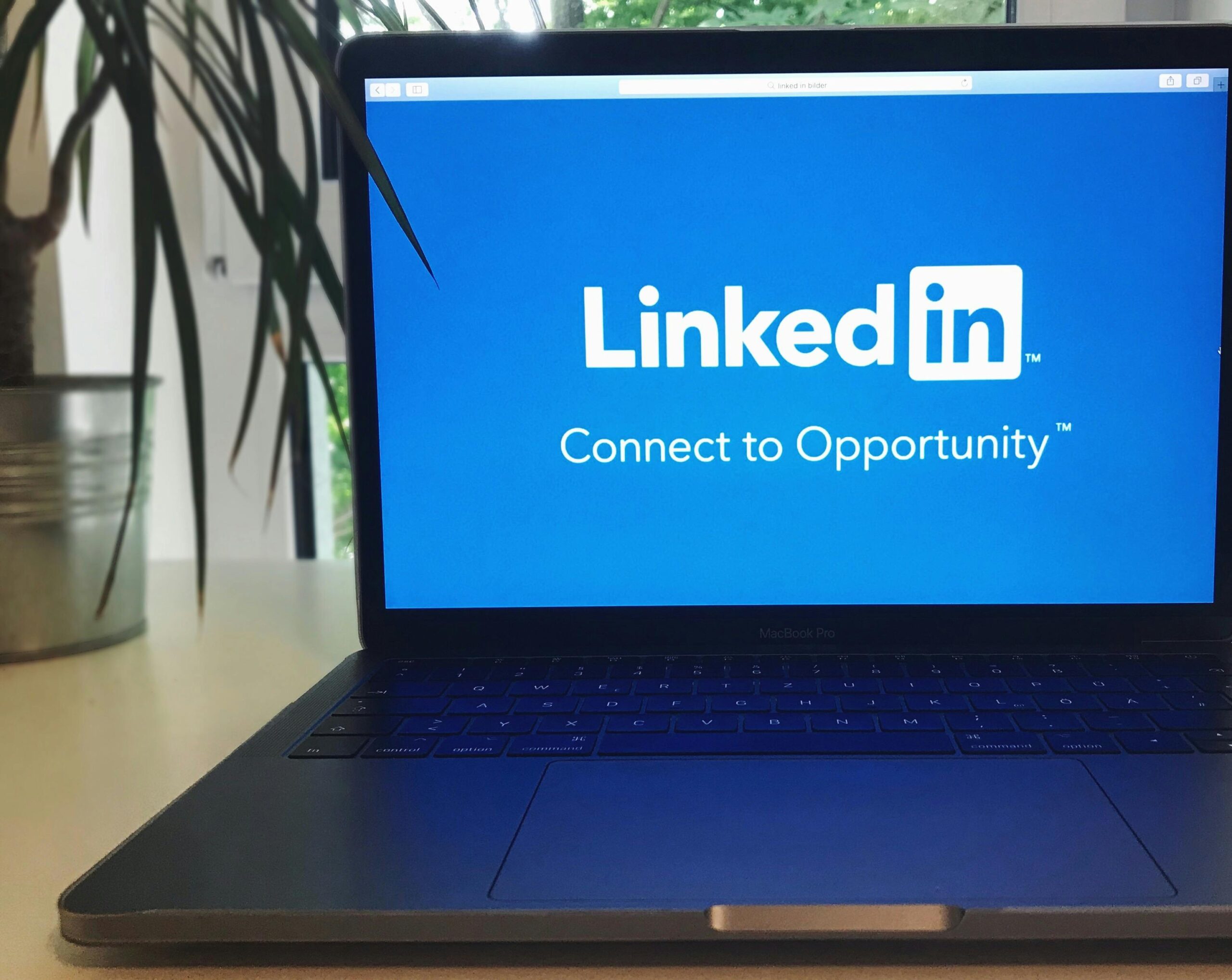
Effective B2B Marketing on LinkedIn: What Not to Do
While LinkedIn is the best platform for effective B2B marketing, many businesses approach it the wrong way. Instead of attracting leads, they drive potential clients away with spammy outreach, irrelevant content, or pushy sales tactics. To build meaningful relationships and credibility, it's just as important to know what not to do as it is to know what works.
1. Sending Generic Connection Requests Without Context: One of the biggest mistakes businesses make on LinkedIn is sending connection requests without a personalised message. A blank request from a stranger often gets ignored, and even if it's accepted, it doesn't build trust.
What to do instead: Always include a short, personalised note when connecting with someone. Mention something relevant, such as a shared industry, mutual connections, or a recent post they wrote. This makes it clear that you're genuinely interested in connecting, not just looking to sell.
2. Overloading Connections with Sales Pitches: Few things are more frustrating than accepting a LinkedIn connection request only to receive a sales pitch within minutes. People don't go on LinkedIn to be sold to—they go there to learn, network, and find valuable insights.
What to do instead: Focus on building relationships first. Instead of pitching immediately, engage with your connections' posts, comment on discussions, and share valuable content. Once trust is established, a sales conversation will feel more natural.
3. Posting Irrelevant or Self-Promotional Content: Many businesses treat LinkedIn like a billboard, constantly posting about their services, achievements, or promotions. While it's important to showcase expertise, too much self-promotion can turn people off.
What to do instead: Stick to the 80/20 rule—80% of your content should be informative, engaging, or insightful, while 20% can focus on direct promotions. Share industry news, practical advice, and success stories to position yourself as an expert rather than just another salesperson.
4. Ignoring Engagement and Failing to Respond to Comments: Posting content is just one part of LinkedIn marketing. Many businesses fail to respond to comments, missing out on opportunities to start conversations and build connections.
What to do instead: If someone engages with your post, reply to them. Ask follow-up questions, thank them for their insights, or continue the discussion. The LinkedIn algorithm rewards active engagement, making your posts more visible to a larger audience.
5. Sending Mass Messages Without Personalisation: Bulk messaging dozens of people with the same generic pitch is a sure way to get ignored—or even blocked. LinkedIn messages should feel genuine and specific, not like a copy-pasted script.
What to do instead: Take the time to tailor your outreach messages. Reference something specific about the recipient's work, recent posts, or interests. A little effort in personalisation goes a long way in making a message stand out.
Effective B2B marketing on LinkedIn is about providing value, building trust, and engaging with your audience in a meaningful way. By avoiding these common mistakes, businesses can strengthen their credibility, improve their outreach success, and generate better leads.
How To Build A Strong LinkedIn Presence Without Being A Nuisance
A successful B2B marketing strategy on LinkedIn requires a strong presence, but many businesses struggle to find the right balance. Some overwhelm their audience with too many sales-driven messages, while others fail to engage consistently. To attract the right connections without being pushy, you need to establish credibility, share value, and foster genuine interactions.
1. Optimise Your LinkedIn Profile for Credibility
Your LinkedIn profile is your digital first impression. If your profile looks incomplete or overly promotional, potential clients may ignore your connection requests.
What to do instead:
- Use a professional profile photo and a compelling headline that explains what you do.
- Write a clear, engaging summary that highlights your expertise without sounding like a sales pitch.
- Showcase your work experience, client success stories, and recommendations to build trust.
- Include relevant keywords in your profile so your business appears in LinkedIn search results.
A well-optimised profile makes you more approachable and increases the chances of meaningful interactions.
2. Share Valuable Content, Not Just Promotions
People follow influencers and industry leaders because they provide insights, not because they constantly promote their services. If your posts only focus on your company, products, or achievements, your audience will tune out.
What to do instead:
- Post educational content that helps your audience solve problems.
- Share case studies and real-world examples that demonstrate your expertise.
- Use LinkedIn polls, Q&A posts, and interactive content to engage your audience.
- Create a mix of text posts, LinkedIn articles, and short videos to keep things fresh.
By positioning yourself as a valuable source of knowledge, you naturally attract potential clients who trust your insights.
3. Engage with Others Before Expecting Engagement in Return
One of the biggest mistakes businesses make is posting content but failing to interact with others. LinkedIn is a social network, not just a broadcasting platform. If you want engagement, you need to give engagement first.
What to do instead:
- Comment on industry-related posts to share your perspective.
- Congratulate your connections on career milestones and achievements.
- Participate in LinkedIn groups and discussions to build authority.
Consistently engaging with others increases your visibility and encourages people to interact with your content in return.
4. Use LinkedIn Features Wisely
LinkedIn offers multiple features to enhance visibility, but using them incorrectly can come across as spammy.
What to do instead:
- Limit connection requests to relevant contacts and always add a personalised message.
- Use LinkedIn Stories or short-form updates to keep your network engaged.
- If you use LinkedIn Ads, make sure they are highly targeted to avoid appearing intrusive.
The goal is to stay top-of-mind without being overbearing. When done right, a strong LinkedIn presence leads to organic inbound leads, higher engagement, and increased credibility.
Building an effective LinkedIn presence doesn't mean constantly selling or pushing content—it means establishing authority, providing value, and engaging in meaningful conversations. When you focus on connections over conversions, your LinkedIn strategy becomes a powerful tool for attracting the right clients.
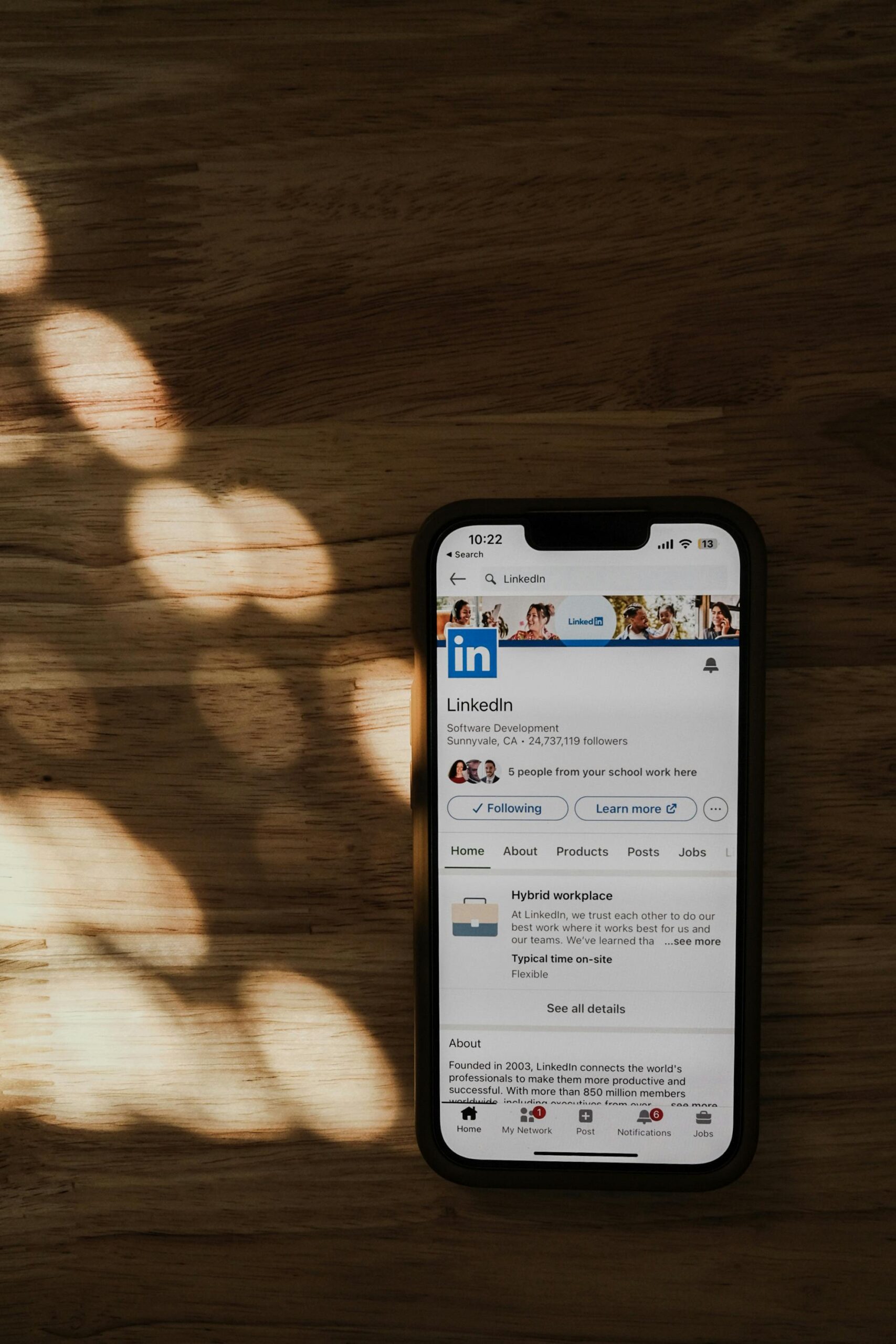
How To Use LinkedIn Messaging Without Sounding Salesy
One of the biggest challenges in effective B2B marketing on LinkedIn is using LinkedIn messages correctly. Many businesses make the mistake of treating LinkedIn like a cold-calling platform, bombarding connections with sales pitches the moment they accept a request. This approach not only damages credibility but also reduces the chances of genuine engagement.
Instead of using LinkedIn messages to sell immediately, the key is to focus on relationship-building, adding value, and fostering conversations. Here's how to message prospects without sounding like another pushy salesperson.
1. Personalise Your Outreach – No Generic Copy-Paste Messages
Sending a copy-pasted, sales-heavy message immediately after connecting is the fastest way to get ignored—or worse, removed. Prospects can tell when they are receiving generic outreach, and most will ignore it.
What to do instead:
- Mention something specific about the recipient's work, a recent post, or shared interests.
- Be conversational and natural, rather than overly formal or robotic.
- Avoid asking for a meeting straight away. Instead, focus on starting a discussion.
For example:
Bad approach: "Hi [Name], I help businesses like yours scale revenue with LinkedIn marketing. Let's schedule a call to discuss how I can help!"
Better approach: "Hi [Name], I really enjoyed your recent post about [topic]. It's great to see how [their company] is approaching [industry challenge]. Looking forward to staying connected!"
The second approach encourages conversation without being intrusive.
2. Offer Value Before Asking for Anything
If the first thing you do is ask for a call, demo, or sales meeting, you're treating LinkedIn like a direct sales platform, which turns people away.
What to do instead:
- Share a helpful resource that aligns with their interests, such as a case study, article, or industry insight.
- Ask open-ended questions that encourage a meaningful discussion.
- If you do want to suggest a meeting, frame it as an opportunity for mutual value, rather than just selling.
For example:
"I recently put together a report on [relevant industry topic] and thought it might be useful for you. Let me know if you'd like a copy!"
This type of message positions you as a helpful connection, rather than just another salesperson.
3. Know When (and How) to Follow Up
Many LinkedIn users don't respond to messages immediately, which doesn't always mean they're not interested. However, sending multiple follow-ups too soon can come across as desperate or annoying.
What to do instead:
- Wait at least 5-7 days before following up.
- Keep the follow-up message short and friendly, not pushy.
- Reference the previous message in a natural way.
For example:
"Hi [Name], just wanted to follow up on my last message. No rush, but let me know if you'd like that report I mentioned!"
If they still don't respond after a follow-up or two, it's best to leave the conversation and engage with their content instead. Forcing interactions rarely leads to positive results.
4. Use LinkedIn Voice Notes or Video Messages for a Personal Touch
A great way to stand out in a crowded inbox is by using LinkedIn's voice message or video feature. Hearing a real person's voice makes a message more personal and engaging, increasing the likelihood of a response.
For example, instead of sending a long text-based pitch, record a 30-second voice note introducing yourself and explaining why you reached out. This makes the conversation feel more authentic and less like a sales script.
Effective LinkedIn messaging is about starting conversations, not pushing sales. By personalising outreach, offering value first, following up correctly, and using creative message formats, businesses can turn LinkedIn messages into a powerful tool for relationship-building and lead generation—without being intrusive.
Mastering B2B Marketing On LinkedIn Without Annoying Your Audience
Effective B2B marketing on the 'career social network' is not about pushing sales at every opportunity—it's about building trust, offering value, and engaging with the right audience. Businesses that approach LinkedIn with a hard-sell mentality often find themselves ignored, unfollowed, or even blocked. However, those who focus on genuine connections and thoughtful engagement see long-term success.
Instead of spamming inboxes with sales messages, businesses should take a relationship-first approach. This means optimising profiles for credibility, posting insightful content, engaging with others, and using LinkedIn messages strategically. It's about offering value before making a request, whether through useful content, industry insights, or thoughtful discussions.
The businesses that succeed on LinkedIn are those that see it as more than just a lead generation tool—they treat it as a platform for professional networking, thought leadership, and trust-building. By following the right strategies, you can position yourself as an authority in your industry, attract inbound leads, and build long-term relationships with potential clients.
At Delivered Social, we help businesses create LinkedIn marketing strategies that generate leads without annoying potential customers. Whether it's content creation, profile optimisation, or strategic outreach, we craft bespoke LinkedIn strategies that drive real results. If you want to make LinkedIn work for your business, get in touch with us today, and let's build your success together.
Interested In Working Together?
Introducing Delivered Social. We're The Most-Rated Digital Agency In Surrey & Hampshire – We've Got To Be Doing Something Right.
Delivered Social is a digital marketing agency with one mission—to help businesses grow. We're famous in Guildford and Portsmouth for our social clinics. We believe in free advice. We build lasting relationships because our team prides itself on being helpful, which our clients appreciate.
If you are looking for a new website or an agency to manage your social media presence, we can help.
If you need something slightly different, here's a super handy list of all our services, or you can always email us.


